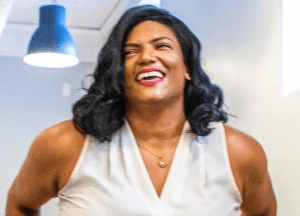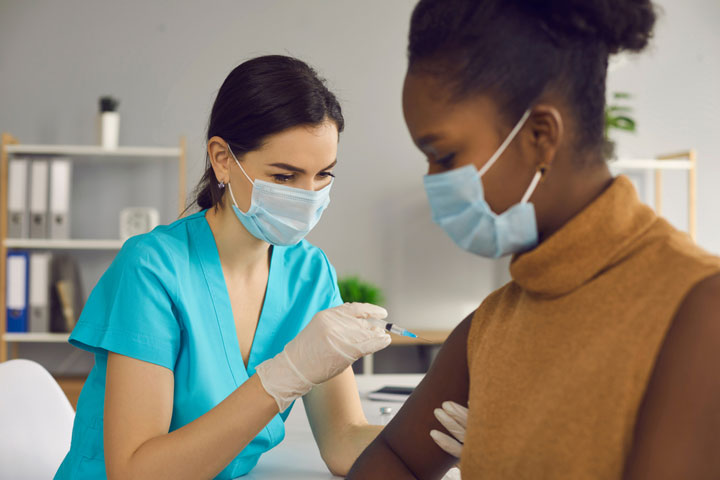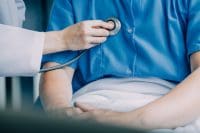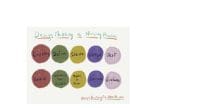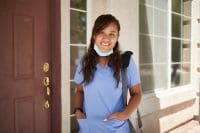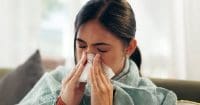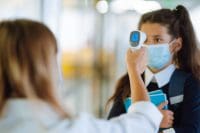The world is moving on, but there is still risk—unequal risk—of COVID-19 infection in the community because disparities persist in vaccination.
For example, over 50 percent of Maryland residents have been fully vaccinated, but when viewed by community vaccination rates in Maryland vary.
Fully vaccinated Maryland residents by race, as of July 20, 2021*
- 52.6 percent are White
- 23.2 percent are Black
- 8.3 percent are Hispanic or Latino
- 7.3 percent are Asian Americans
Now the National Institutes of Health (NIH) has invested $1.4 million for fiscal year 2021-2022 to study barriers to vaccination for COVID-19 in the D.C., Maryland, and Virginia (DMV) region. It’s part of NIH’s $29 million investment in the NIH Community Engagement Alliance (CEAL) Against COVID-19 Disparities.
NIH to invest $29 million to address COVID-19 disparities
The local effort is led by the Johns Hopkins Institute for Clinical & Translational Research and Cheryl Dennison Himmelfarb, PhD, RN, Vice Dean Research and Sarah E. Allison Professor for Research and Self-Care at Johns Hopkins School of Nursing. It involves five partner schools:
- Johns Hopkins University
- George Washington University
- Morgan State University
- University of Maryland
- Howard University
Even within communities, 10 different people can have 10 different beliefs that determined why they did or did not pursue vaccination, and those beliefs can change over time. There is significant mistrust—of the health care system, of the vaccine development process—but the language used to address concerns can be too jargon-y. Layering that with a language barrier (or an inexact translation), an online registration process and logistics of getting to a vaccination site only adds to even more challenges. And then the ever-changing nature of real-time infectious disease response (for example, the Johnson & Johnson vaccine pause and emerging Delta variant) doesn’t inspire trust.
Academic researchers need help unpacking the complex beliefs and behaviors that make up vaccine hesitancy. “The real opportunity now is partnering with community leaders and organizations because the community is the expert on what they need,” says Dr. Himmelfarb.
Grounded in community – academic partnership
Community – academic partnership is the foundation of CEAL’s approach. In pedagogy, community-based research fosters a power-sharing structure where the community being served is a full partner in the how’s, why’s, and goals of research, making for a more precise and fulfilling impact. In practice, in COVID, this means community organizations are aware case by case which barriers remain – access, proximity, distrust, or something else — and can inform the type of academic support needed.
Working through CEAL to expand existing partnerships
Each of the five partner organizations have multiple, existing community partners and will work through CEAL to expand their efforts. The Johns Hopkins project is Hopkins Opportunities for Participant Engagement, or HOPE. Initially designed as a centralized recruitment registry that matches participants with research teams conducting various COVID-19 research studies, expansion ideas for HOPE include partnering with Centro SOL to provide strategic outreach efforts to the Latinx communities and disseminating information at public markets and through community organizations. Morgan State University plans to expand Morgan CARES, a hub for community partners. University of Maryland Baltimore will invest in their community-based board that advises the pipeline from clinical care for COVID to research. Howard University will expand their work with motivational interviewing and community health workers. George Washington University plans to engage Latinx communities through promotores, lay Hispanic/Latino community members who receive specialized training to provide basic health education in the community.
Strengthening COVID-19 vaccine confidence and access
“CEAL aims to promote trust through transparency and improved communication, grounding our efforts in engagement and dialogue with communities,” says Dr. Himmelfarb.
Follow their efforts this year to promote COVID-19 vaccine confidence and access, as well as testing and treatment, in communities of color.
